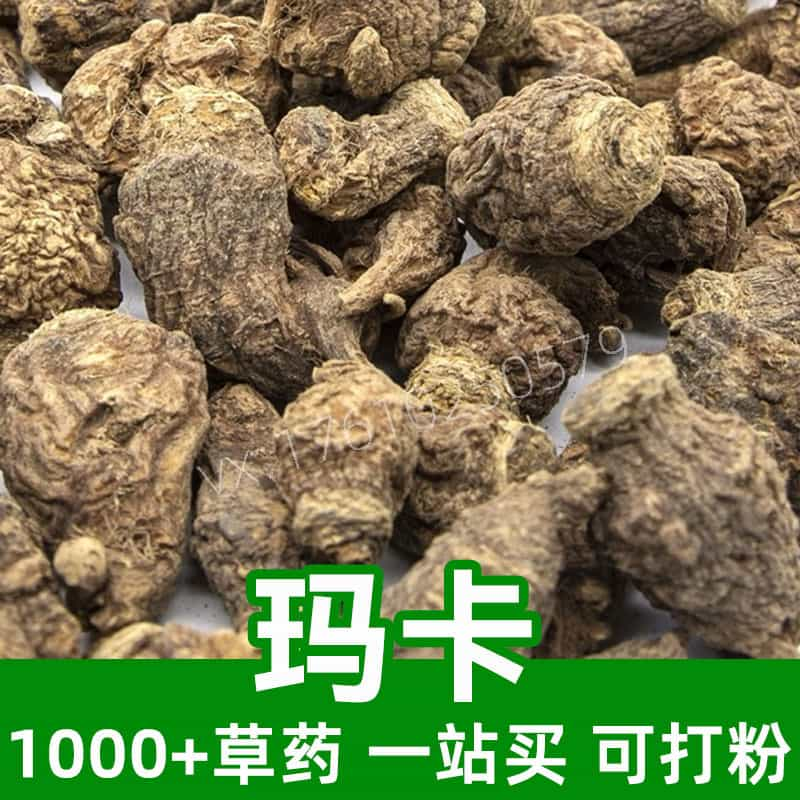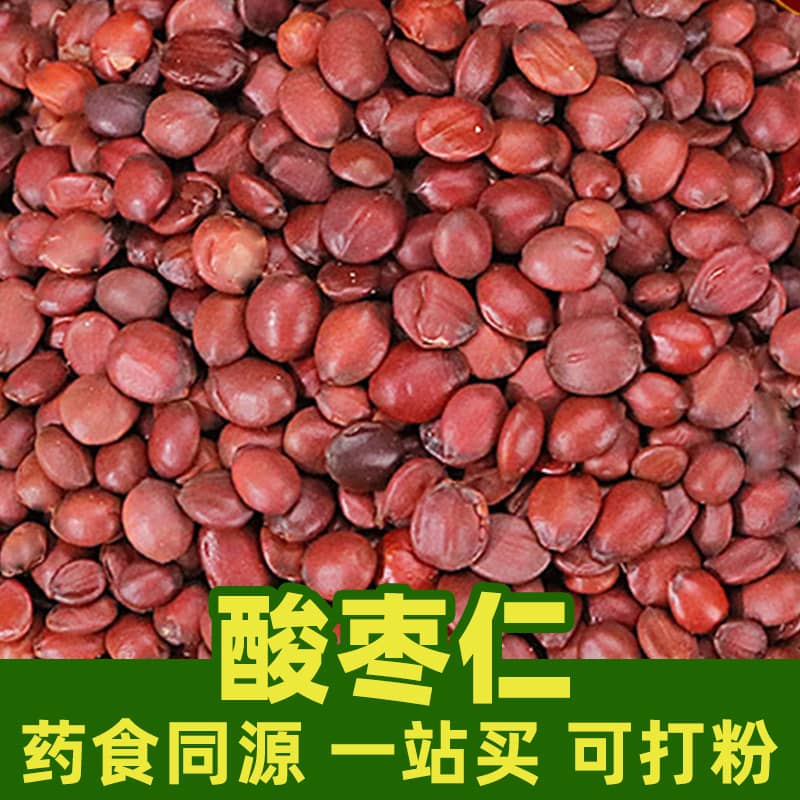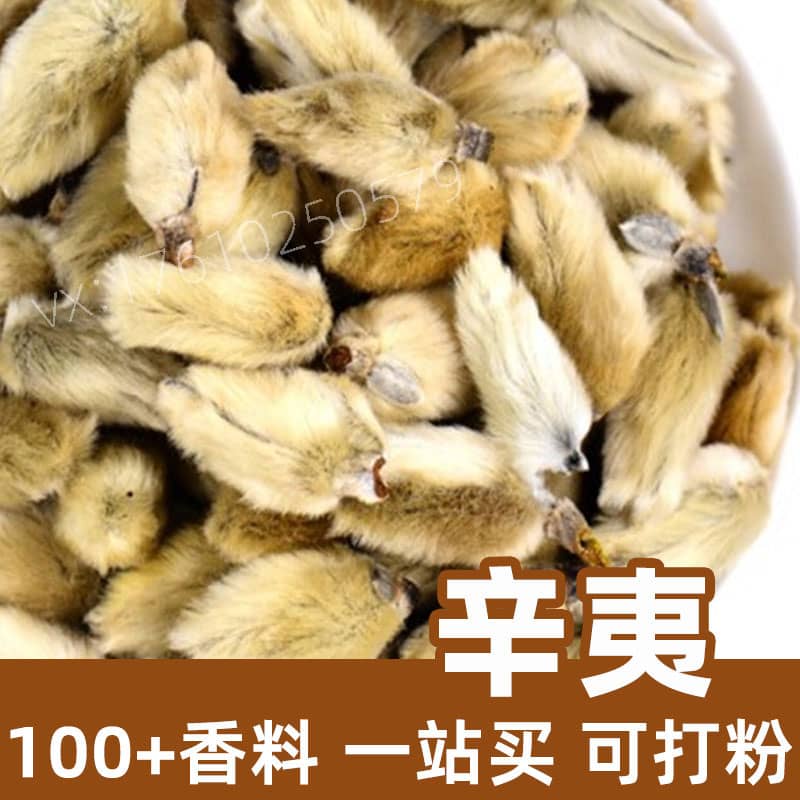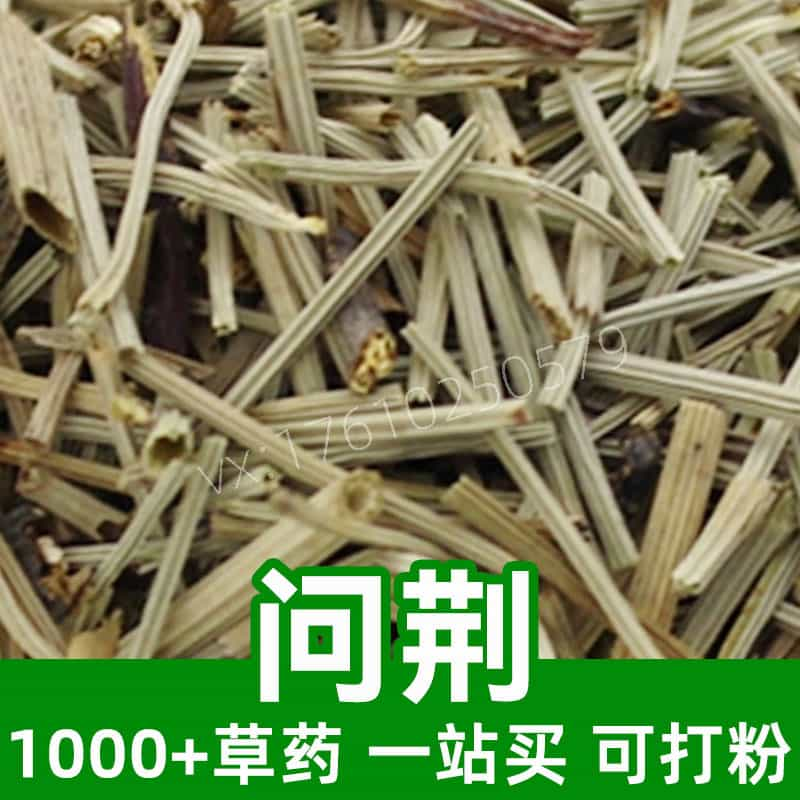Poria Skin Product Introduction
Poria skin is a commonly used medicinal material, primarily sourced from the epidermis of the root of Poria cocos. It contains active components such as polysaccharides and triterpenoid compounds. The texture is hard and rough, and the color ranges from brown-yellow to light brown.
In traditional Chinese medicine, Poria skin has a broad range of applications. It is believed to tonify the spleen, invigorate qi, promote urination to reduce swelling, and strengthen the spleen to transform dampness. It is commonly used to treat symptoms such as spleen and stomach weakness, edema, and eczema. Poria skin can be used alone or in combination with other herbs to create formulas or medicinal preparations tailored to specific conditions.
In herbal formulations, Poria skin is often used in decoctions, soups, or stews. It can also be processed into pill or granule forms. The dosage and method of use should be determined by a qualified practitioner to avoid overdose or improper use. Poria skin should be stored in a dry, ventilated place, out of direct sunlight, and kept free from moisture.
Main Active Ingredients in Poria Skin
Poria skin, derived from the epidermis of the Poria plant, contains a variety of active ingredients, including polysaccharides, triterpenoids, and other compounds, which contribute to its pharmacological effects.
- Polysaccharides: Poria skin is rich in polysaccharides such as β-glucans, which are known for their immune-modulating, antioxidant, and anti-tumor properties.
- Triterpenoid Compounds: Poria skin contains various triterpenoids, such as poria alcohol and poria acid, which have diuretic, antihypertensive, and anti-inflammatory effects. Poria acid is considered one of the primary active components, with potential anti-tumor, antibacterial, and anti-inflammatory properties.
- Terpenoid Compounds: Poria skin also contains other terpenoid compounds, like poriolide, which are known for regulating blood sugar, and exhibiting antibacterial and anti-inflammatory effects.
- Other Active Ingredients: Poria skin contains a variety of amino acids, volatile oils, phenolic compounds, etc., all of which contribute to its pharmacological activities.
As a significant medicinal material, Poria skin’s active components offer a range of pharmacological effects, including immune regulation, antioxidant, anti-inflammatory, anti-tumor, diuretic, and antihypertensive benefits, making it widely applied in traditional Chinese medicine. However, it is essential to follow proper usage guidelines to avoid adverse reactions from overuse or misuse.
Applications and Dosage of Poria Skin
Poria skin, as an important medicinal material, has broad applications and dosage recommendations. Here are the main areas of use in traditional Chinese medicine and the food industry:
- Traditional Chinese Medicine Applications:
- Poria skin is often used to promote urination and eliminate dampness, helping treat edema and diarrhea caused by dampness.
- In conditions of damp-heat, Poria skin is frequently used as a heat-clearing, dampness-draining herb, treating conditions such as damp-heat accumulation and urinary disorders.
- It is also used to regulate spleen and stomach function, improving symptoms like indigestion and lack of appetite.
- Poria skin is often combined with other herbs such as Atractylodes, Alisma, and Aged Tangerine Peel to enhance its effectiveness.
- Food Industry Applications:
- As a medicinal herb that is also considered a food source, Poria skin is widely used in food processing.
- It is commonly used to make herbal teas, Poria sweet drinks, or beverages with cooling properties, known for its effects in clearing heat and moisturizing the skin.
- In food processing, it is often combined with ingredients like jujubes, lotus seeds, and lilies to make desserts, enhancing both the flavor and nutritional value.
- Dosage:
- Dried Poria skin is typically used as a medicinal material or in food processing.
- For medicinal decoctions: The usual dosage is 10-15 grams of Poria skin, decocted in water for consumption. Dosage may vary based on the condition being treated and the advice of a healthcare practitioner.
- For Poria water: Poria skin can be soaked in hot water, allowed to cool slightly, and then consumed. This provides cooling effects and helps moisturize the skin.
When using Poria skin, it is important to follow medical advice and avoid excessive or long-term use, as this may lead to adverse effects. For food applications, it is important to choose high-quality materials and ensure sanitary and safe food processing.
Poria Skin Source Plant Introduction, Distribution, and Growing Environment
Poria skin is a common medicinal material sourced from the root epidermis of the Poria plant, which has a wide distribution and specific growing conditions. Below is detailed information about the source plant, its distribution, and growing environment:
- Plant Introduction:
- Poria (scientific name: Poria cocos) is a type of polypore fungus belonging to the Basidiomycota phylum, Polyporales order, and Poriaceae family. Poria plants generally grow underground, forming sclerotia.
- The plant has a deep root system and shallow stem, with a flat, porous appearance, typically brown or grayish-white in color. When growing in soil, the sclerotia gradually form.
- Distribution:
- Poria plants are widely distributed in China, particularly in regions such as the Yangtze River Valley, Yellow River Valley, South China, and Southwest China. Provinces like Hunan, Hubei, Sichuan, and Guangxi are key production areas.
- Besides China, Poria plants are also found in East Asia, including Japan and South Korea, as well as certain Southeast Asian countries.
- Growing Environment:
- Poria plants thrive in shaded, humid environments, typically found under coniferous forests (e.g., pine or cypress), broadleaf forests, grasslands, meadows, and bamboo groves.
- They require ample moisture and humidity, which is why they are commonly found in mountainous areas, valleys, stream banks, and riverbeds.
- The plant is not particularly demanding in terms of soil type, growing best in loose, fertile, and well-drained soils but can also adapt to poorer soil conditions.
Overall, Poria is a polypore fungus that grows in moist environments and is widely distributed in China and East Asia. It thrives in shaded, humid regions such as coniferous and broadleaf forests and grasslands, with moderate soil requirements and good adaptability.
Harvesting, Processing, and Storage of Poria Skin
Harvesting, processing, and storage of Poria skin are crucial steps to ensure its quality and medicinal efficacy. Here are the details:
- Harvesting:
- The best time to harvest Poria skin is in the fall, typically when the plant reaches maturity, with the above-ground parts beginning to wither and the plant showing signs of decline.
- Care must be taken during harvest to avoid damaging the plant. The entire plant is dug up, and the root epidermis is carefully removed.
- Processing:
- After collection, Poria skin needs to be cleaned and sun-dried. Clean the skin thoroughly with water to remove any dirt or debris, and dry it until it is about 70-80% dry.
- The dried Poria skin is then cut into slices or chopped for further processing.
- Processing Methods:
- Processing Poria skin is an important step to enhance its medicinal properties and quality. Common methods include stir-frying, roasting, or steaming.
- During processing, it is crucial to control the heat to ensure even heating and avoid burning, which could reduce its medicinal effects.
- Storage:
- After processing, Poria skin should be stored in a cool, dry, well-ventilated place, away from direct sunlight and humidity to prevent mold growth.
- It should be kept in sealed, dry containers to prevent moisture absorption or contamination. It is important to check the storage conditions regularly.
- Precautions:
- During processing and storage, hygiene standards should be followed to ensure the safety and quality of Poria skin.
- Prolonged storage may cause some loss of medicinal efficacy, so it is recommended to confirm its quality before use.
With proper harvesting, processing, and storage techniques, Poria skin can maintain its quality and efficacy, ensuring long-term preservation and optimal medicinal value.
Monica Sun is a seasoned expert in the natural raw materials industry, with over a decade of experience specializing in traditional Chinese medicinal herbs, spices, and fungi. She is skilled in the sourcing, processing, and application of these materials, emphasizing sustainability and innovation. Monica Sun has contributed to the development of high-quality natural raw materials that serve as essential components in functional foods, pharmaceuticals, and cosmetics, delivering tailored solutions to meet diverse market needs.















